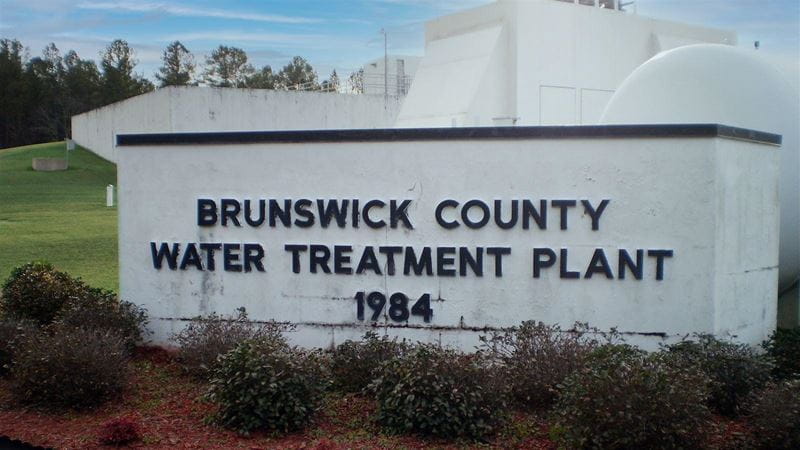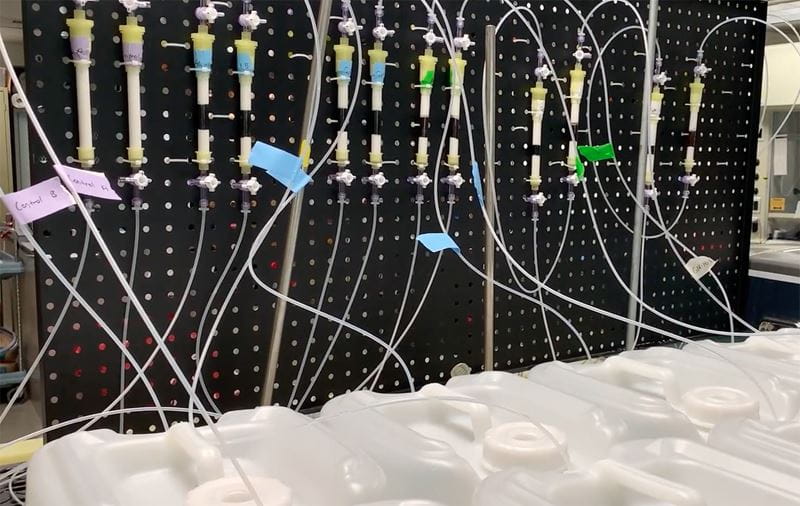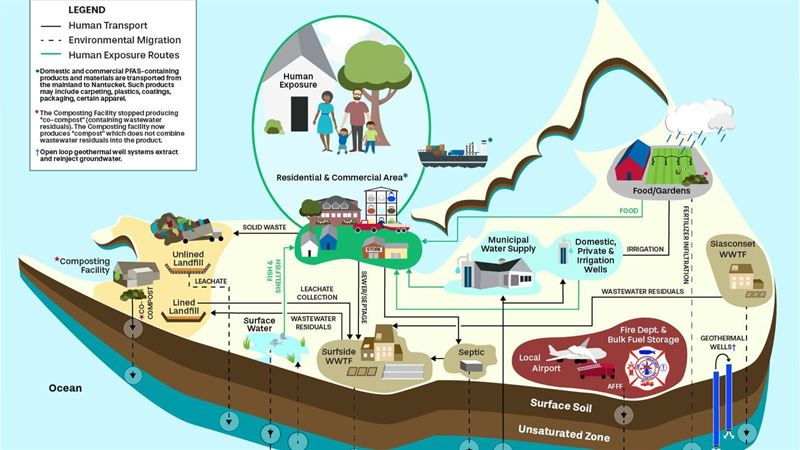PFAS

PFAS concentration
and destruction.
It’s happening NOW.
PFAS
Per- and polyfluoroalkyl substances (PFAS), a very large and resilient family of chemicals with unique properties, poses one of the greatest challenges in water treatment and environmental remediation in decades. We're ready for the fight.
The Industry's Deepest PFAS Team
At CDM Smith, we understand the challenges of managing per- and polyfluoroalkyl substances (PFAS). Our internationally-recognized team of scientists and engineers operate at the cutting-edge, with real-world solutions backed by science. For help navigating the current PFAS regulatory landscape and beyond, reach out to a member of our team.

PFAS Practice Leader
Meet Ian

Water Treatment Star
Meet Ji

Risk and Toxicity Specialist
Meet Heather

PFAS Practice Leader
Meet Ian

Water Treatment Star
Meet Ji

Risk and Toxicity Specialist
Meet Heather

Drinking Water Thought Leader
Meet Mark

Water Treatment Problem Solver
Meet Al

Drinking Water Leader
Meet Michael

Potable Reuse Champion
Meet Roshan

Water Treatment Problem Solver
Meet Al

Drinking Water Leader
Meet Michael

Potable Reuse Champion
Meet Roshan

Risk Comm Guide

Biosolids Buff
Meet Eric

PFAS Pioneer
Meet Charles

Risk Comm Guide

Biosolids Buff
Meet Eric

PFAS Pioneer
Meet Charles

Membrane Mastermind
Meet Bill

Water & Remediation Investigator
Meet Jen

Fate & Transport Specialist
Meet Chris

Membrane Mastermind
Meet Bill

Water & Remediation Investigator
Meet Jen

Fate & Transport Specialist
Meet Chris
Solutions in Action

Project
Advancing LPRO as PFAS Solution
A North Carolina water utility’s leaders and CDM Smith’s drinking water experts are using low-pressure reverse osmosis (LPRO) to remove PFAS compounds from the water supply.
Learn More
Project
Bench-Scale Testing to Optimize GAC

Project
Bench-Scale Testing to Optimize GAC
Bench-scale testing proves the merits of granular activated carbon (GAC) for the pioneering town of Westfield.
Learn About the Testing
Project
AIX and GAC Join Forces

Project
AIX and GAC Join Forces
One Massachusetts town is solving its PFAS problem with both anion exchange resin (AIX) and granular activated carbon (GAC).
Learn About the Project
Insight
Nantucket Charts Course to Break the Cycle of PFAS

Insight
Nantucket Charts Course to Break the Cycle of PFAS
The island community teamed with CDM Smith experts to evaluate potential sources of PFAS contamination. Nantucket is moving toward better informed PFAS reduction and control strategies that will include wastewater treatment plant residuals and landfill operations.
Learn More








